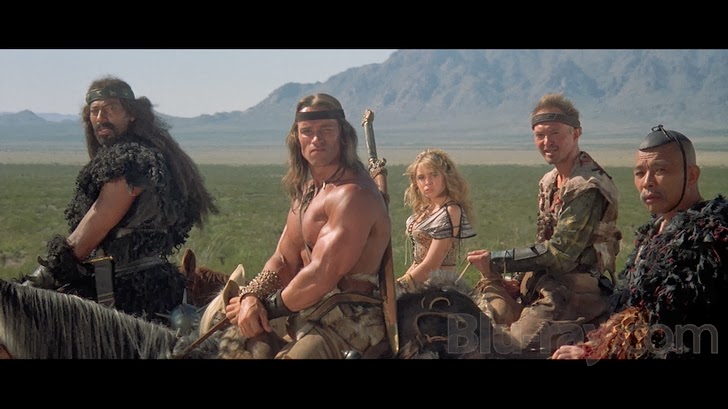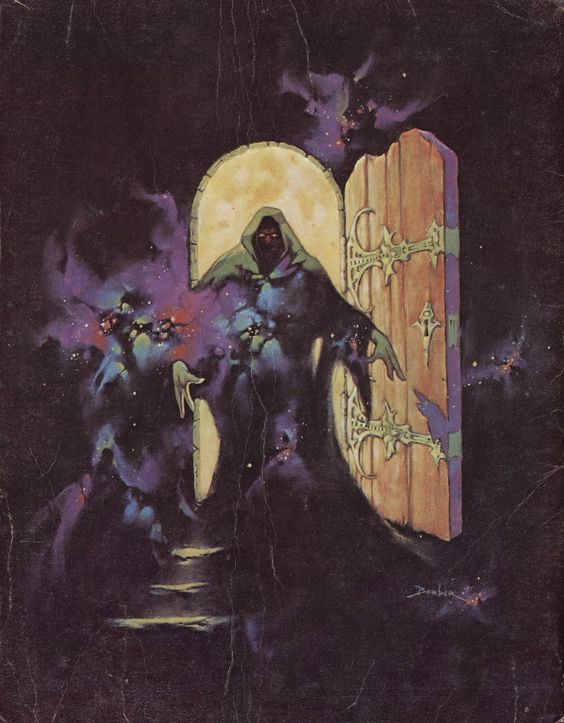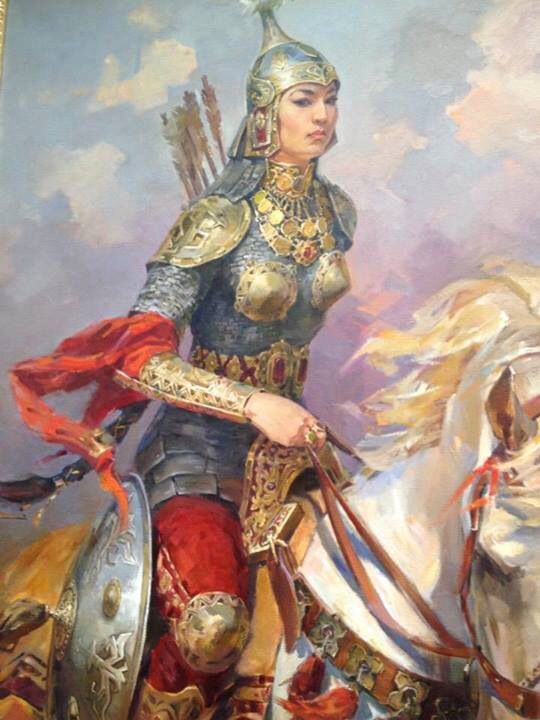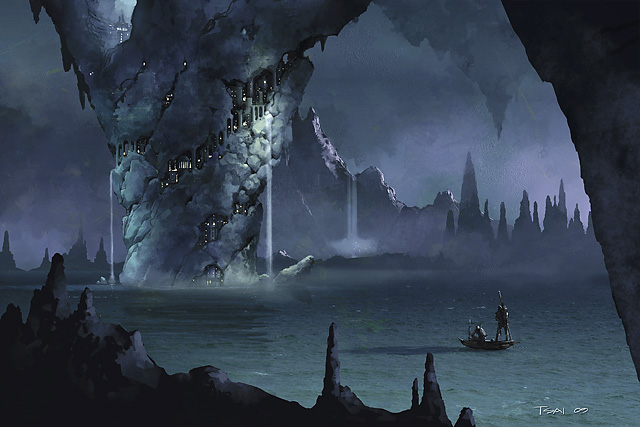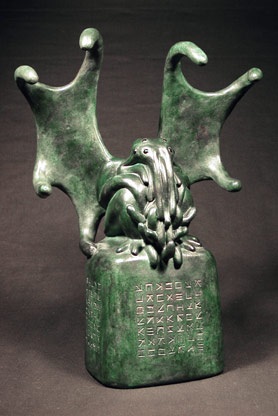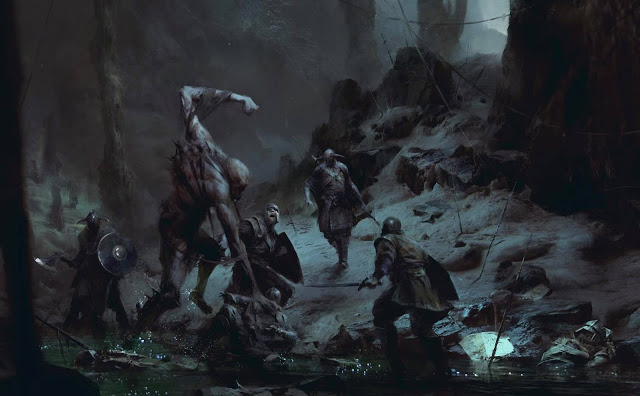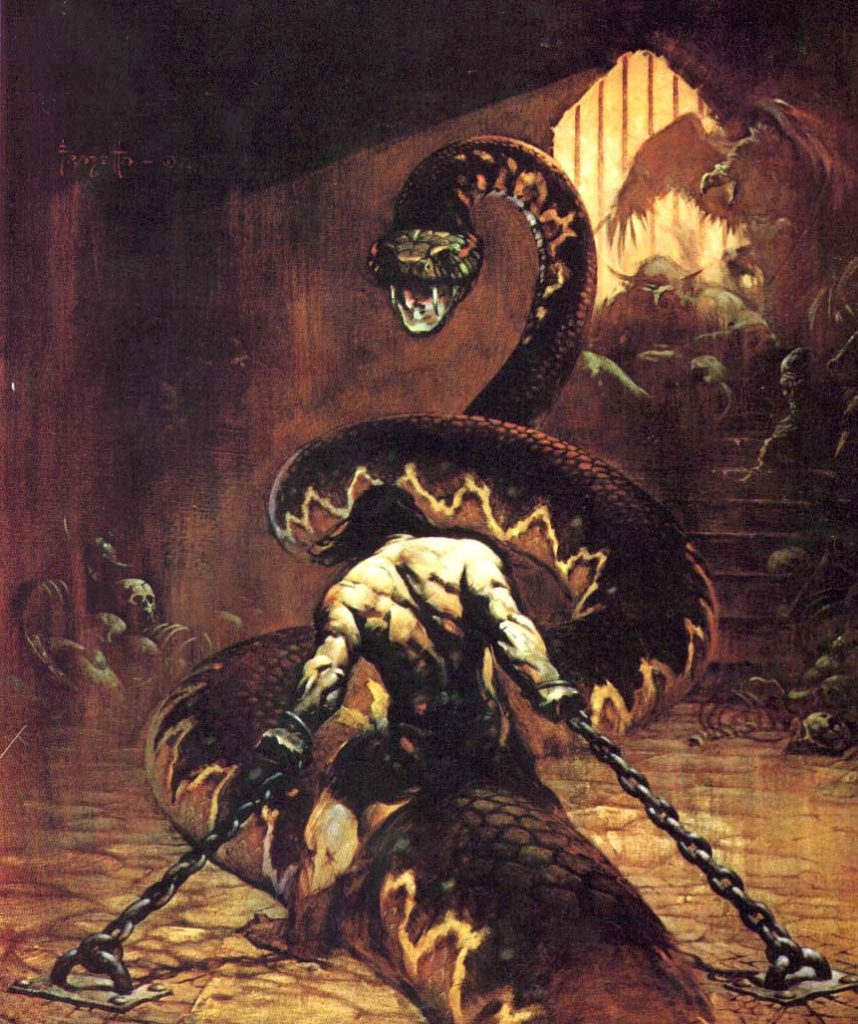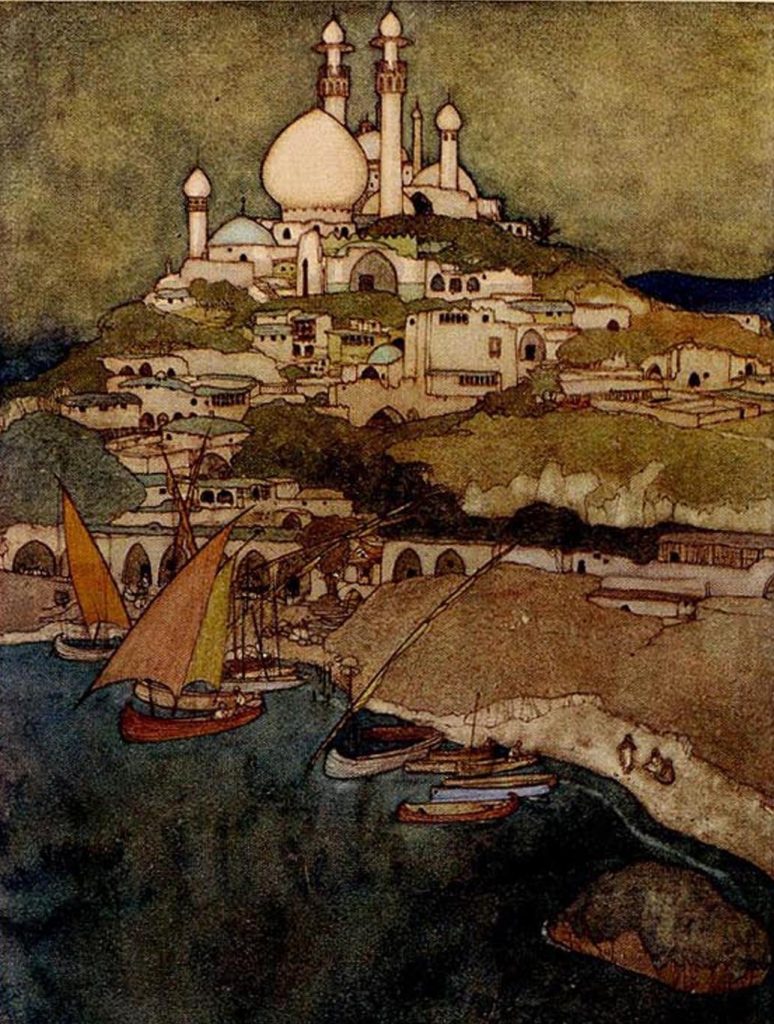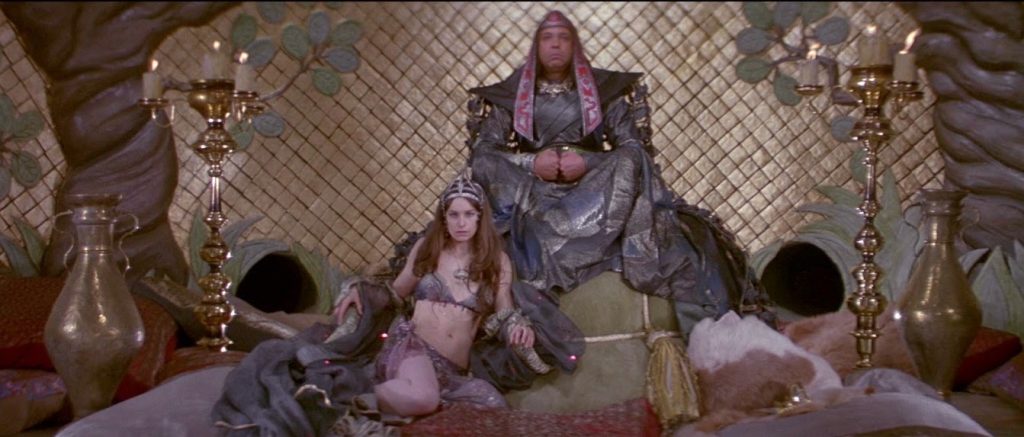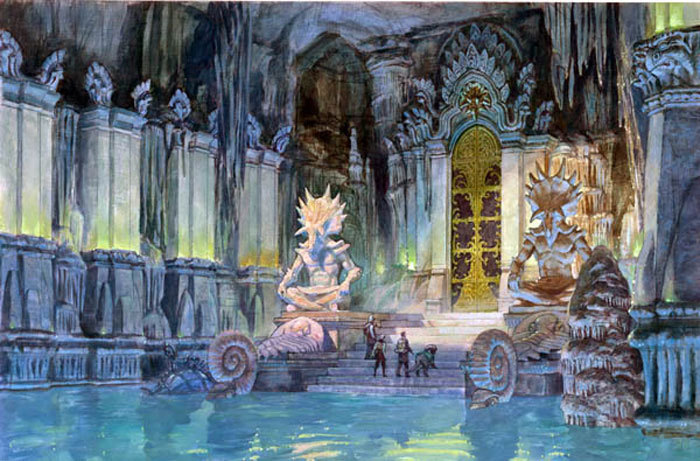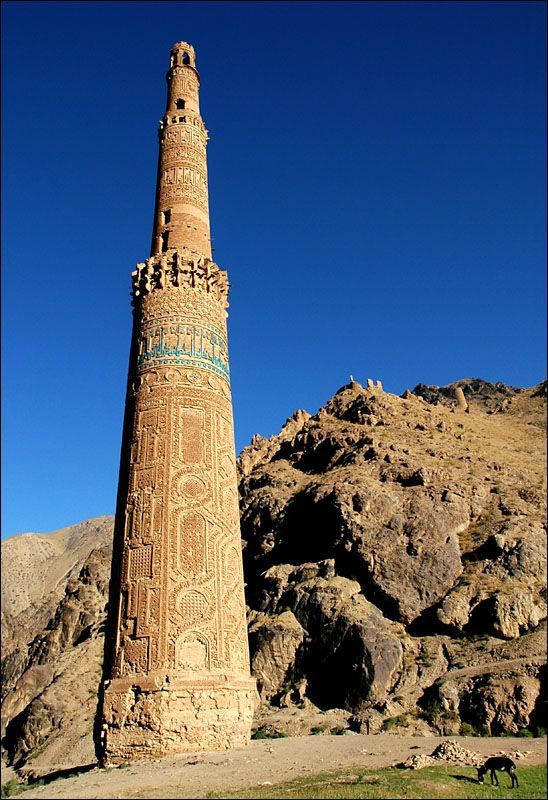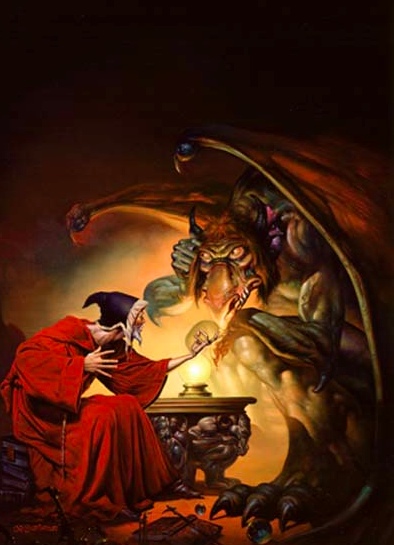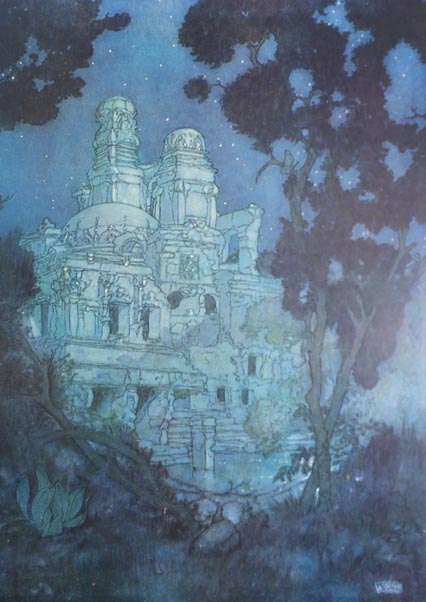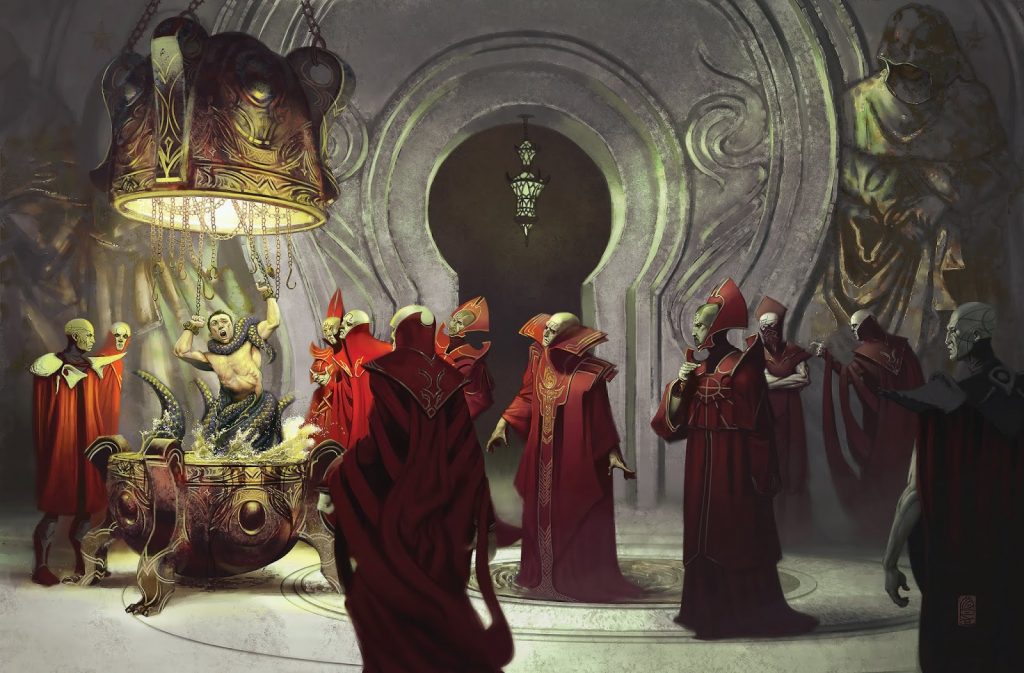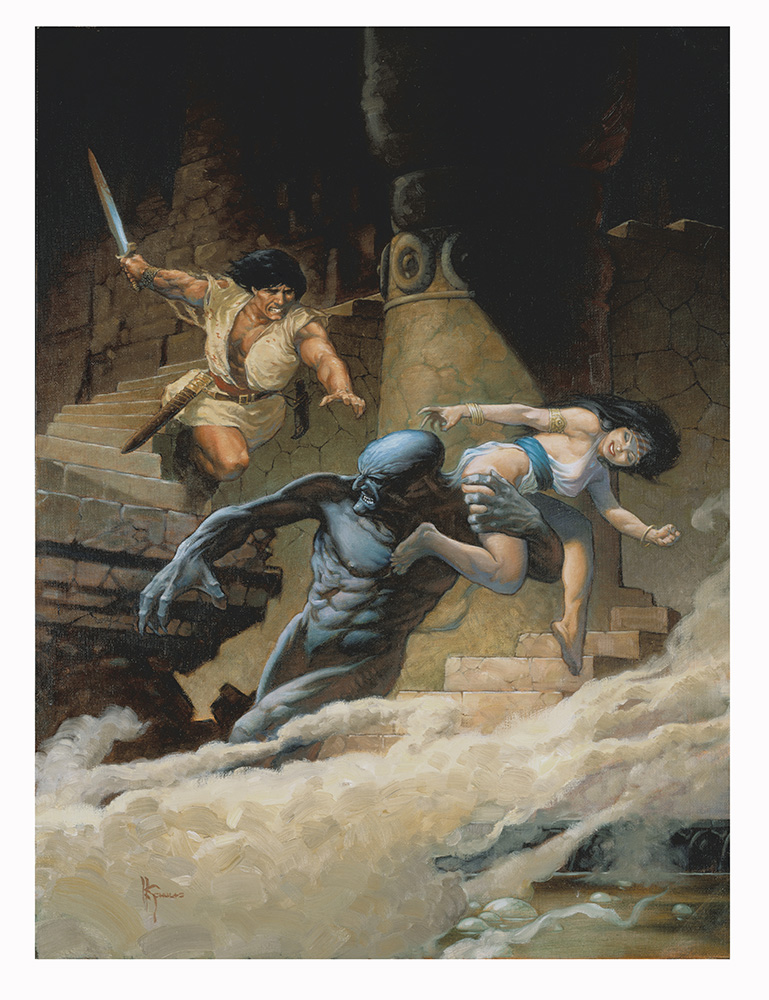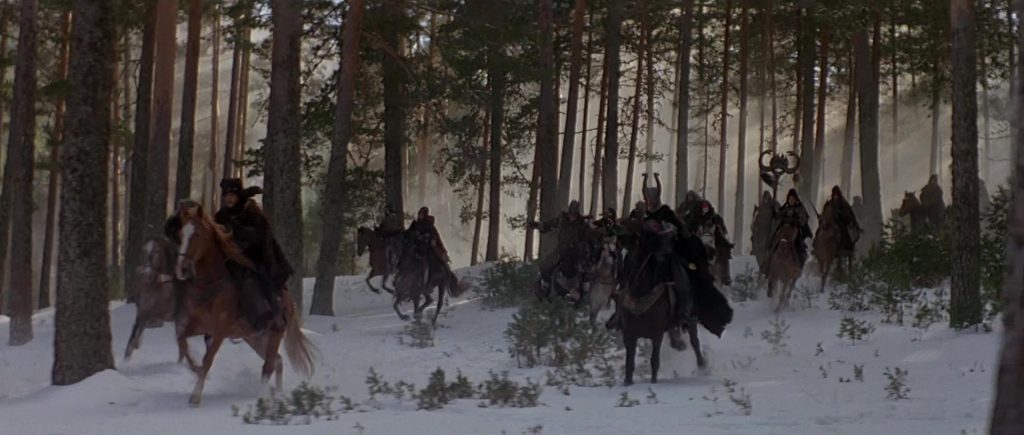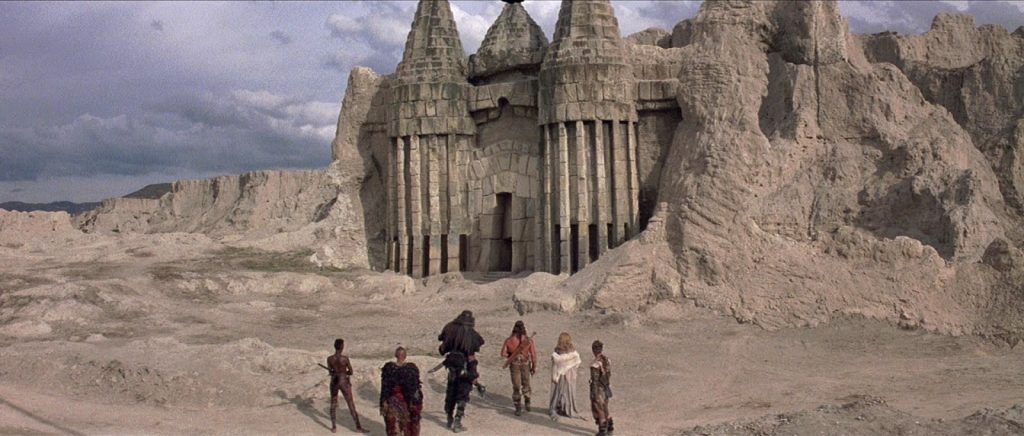Boy-o-boy, did I find this hard.
The challenge for this week is to draw a map.
That’s it. Too easy right? For extra credit you can make an encounter table.
So I bought Worldographer. It is not a smoothly running program. It is poorly documented and the user experience is a bit clunky. Rather than just creating the local area map I thought I needed to know where it was placed in the world, allowing me to build out later on and give clues about surrounding cultures. So instead of just creating a simple map I created the world first.
Basic D&D uses three scales; 72 miles per hex, 24 miles and 8 miles. How big is the Earth? The first place I looked gave me the distance from north to south pole as 8595 miles. I created this map, then tried to add the equator and the northern tropic. I just couldn’t get it to look right though, there wasn’t enough space above the northern tropic.
I then looked up the circumference which is 24900 miles, giving 346 hexes from left to right across the map. 173 from top to bottom. For the icosahedral projection this means using 68 as the number of triangles. Finally I created a world…that I didn’t like. I then generated world after world after world until I had one I liked.
Next came the equator, the two tropics and the two polar circles. These lie at:
- North polar circle – hex row 21.5
- North tropic – hex row 59.5
- Equator – hex row 80.5
- South tropic – hex row 101.5
- South polar circle – hex row 139.5
Then to work out where to place my kingdom I looked up some cities:
- London (51 degrees north) – row 39
- Rome (41 degrees north) – row 49
- Jerusalem (31 degrees north) – row 59
This gave me an idea of the kind of climate an area would have.

Now to create my actual map it needed to be about 1 mile per hex, much smaller than the 8 miles per hex I used as the smallest Worldographer map. So I fired up Worldographer again and created a basic hex map of a reasonable size (31 columns, 39 rows). I then translated the terrain from the chosen area of my map into that one. Voila!
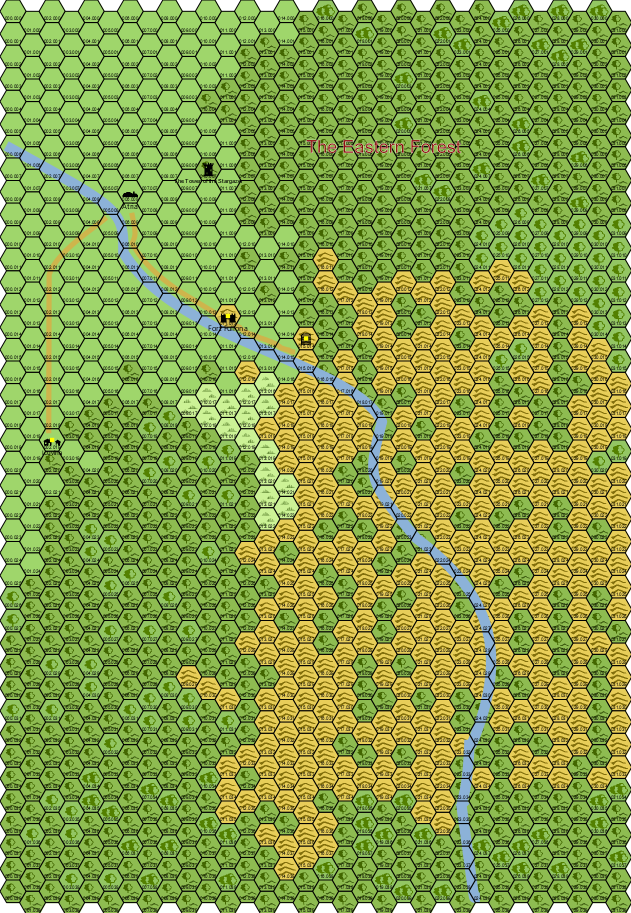
There is a great post on Ode to Black Dougal about stocking wilderness hexes. He suggests using the dungeon stocking table. So I busted out an Open Document Calc spreadsheet and randomly stocked the hexes (=RANDBETWEEN(1;6)). I then did a find and replace. I then moved a bunch of trap results to match the river, which I think is a big barrier to movement, and now I can stock it if I like.
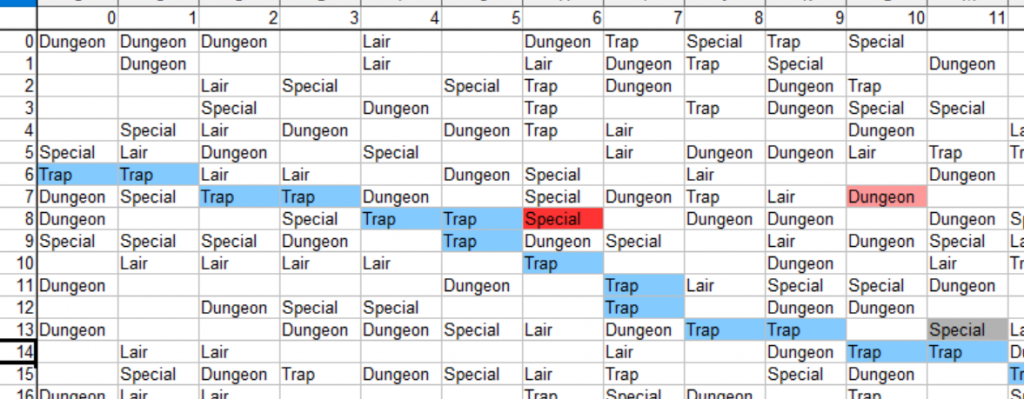
Then I created the encounter tables.
In the rules cyclopedia the tables are nested. i.e. Role on terrain to get encounter type, then go to the encounter type table (maybe for that terrain again) and role again to get the encounter. I tried to do that initially but it was taking way too long. I ended up just cherry picking encounters I liked and making one long list. I have ‘NPC’ at one end. I think I will have all NPCs on one spreadsheet, each to one line, then I can randomly choose between them. I like the chance that they will bump into someone they know. The last item is ‘Next nearest terrain’ to simulate creatures travelling outside their usual area.
To choose randomly from a list in Open Office Calc you can use =INDEX(Encounters.H3:H34;RANDBETWEEN(1;ROWS(H3:H34))). To refresh the cell press CTRL+SHIFT+F9.
And that is it. It took me ages and I over-complicated it for myself. Let’s see if I can stay more focused next week.

